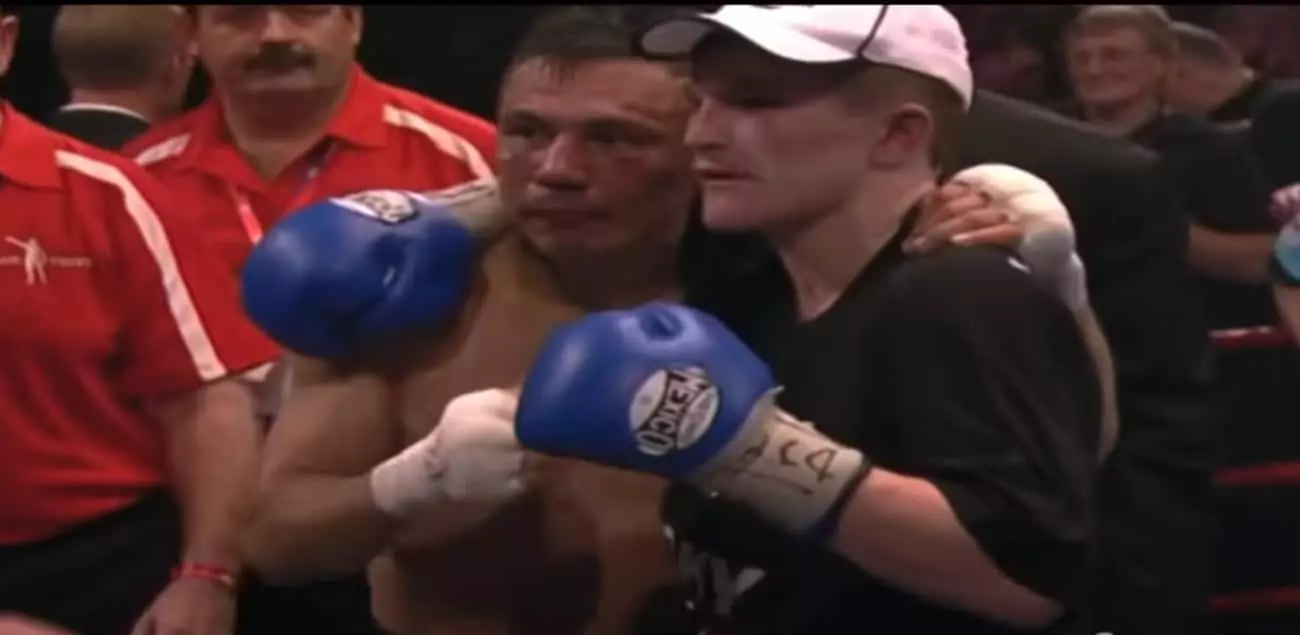In a world where age often dictates the potential for athletic prowess, the announcement of Manny Pacquiao’s return to the boxing ring at 46 years old has sent shockwaves through the sport. As wrestling with the past and glimpsing the promise of a future, this unprecedented comeback raises both eyebrows and expectations. Iconic former champion Ricky Hatton, who once found himself at the receiving end of Pacquiao’s legendary fists, articulates the mixed feelings shared by many in the boxing community.
A Mixed Bag of Emotions: The Shock Factor
Pacquiao’s surprise return has sparked an immediate debate surrounding meritocracy in boxing, particularly as he finds himself reinstated within the World Boxing Council (WBC) welterweight rankings despite a lengthy retirement. Ricky Hatton’s bewilderment is palpable as he questions the logic behind the Philippines’ boxing titan being ranked fifth when he hasn’t been in the ring since 2019. Hatton’s poignant reflection underscores a significant dilemma in modern boxing: are accolades based on past glories overshadowing the necessity of current form?
This situation beckons to mind the examples of other fighters, like the aging Mike Tyson, who have blurred the lines between age and ability. Boxing has seen 58-year-olds step back into the ring, which makes Pacquiao’s return seem less shocking yet still heavily scrutinized. “It’s boxing today, isn’t it?” Hatton remarked, hinting at a sport that often prioritizes name recognition over actual recent performance. The gravity of being able to leapfrog into a title shot after a protracted absence raises ethical questions about fairness and the integrity of competitive sports.
Legacy vs. Current Capability
In the debate of who is the greater fighter between Manny Pacquiao and Floyd Mayweather, Hatton provides a critical lens shaped by his personal experiences. He acknowledges Pacquiao’s phenomenal ability and the memorable knockout he endured in 2009, yet he casts a shadow of doubt over Pacquiao’s current potential. Hatton believes that while Pacquiao was extraordinary during his prime, the current combat scenario begs for a ruthless critique of how past achievements influence present opportunities.
Drawing from his own career, Hatton reflects on the detriment of fighting too late in one’s athletic life and raises valid concerns about Pacquiao’s ability to deliver the same explosive performances that once defined him. While the admiration for Pacquiao’s legacy as a fighter remains, the conversation must shift toward a pragmatic look at how an extended hiatus affects physical and mental readiness for boxing’s unforgiving landscape.
The Spectacle of a Comeback: Hope and Skepticism
Despite the skepticism surrounding his return, there remains an inherent allure to Pacquiao’s fight against reigning champion Mario Barrios on July 19. The prospect of witnessing a possible resurrection of a boxing icon is tantalizing, and it is this hope that connects fans to the sport. Hatton, alongside the rest of the boxing community, clings to the fantasy that Pacquiao might indeed turn back time, reflecting a broader human desire for redemptive narratives.
However, it’s important to note that nostalgia cannot cloak the reality of the sport. Despite the potential hype, every punch Pacquiao throws must be scrutinized under the microscope of his age and long absence from high-stakes competition. The question remains: can he still withstand the relentless pace and tactical finesse required at the elite level of boxing?
Many boxing enthusiasts find themselves dancing between hope and skepticism as they await Pacquiao’s return. The very fusion of his magnificent legacy and the realities of aging creates bizarre yet fascinating dynamics. It speaks volumes about our collective love for underdogs and second chances, but it also calls upon seasoned watchers to temper their expectations based on reality.
In the fierce battleground of boxing, where youth often reigns supreme, Manny Pacquiao’s comeback is a poignant reminder of both the brilliance of what once was and the uncertainty of what’s to come. The narrative unfolds as a captivating saga in the annals of sport—a juxtaposition of past glories clashing with present realities.

